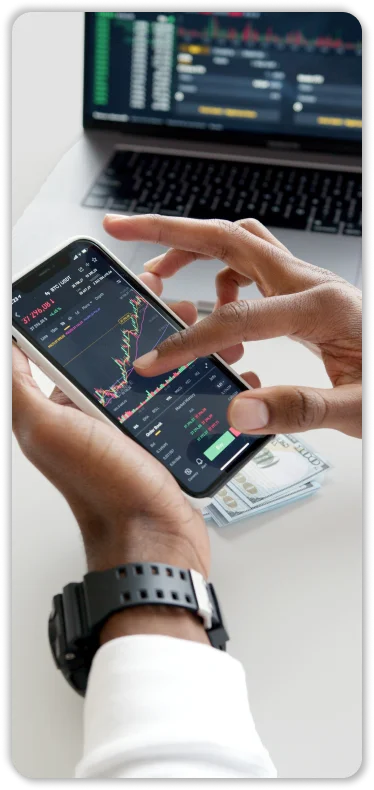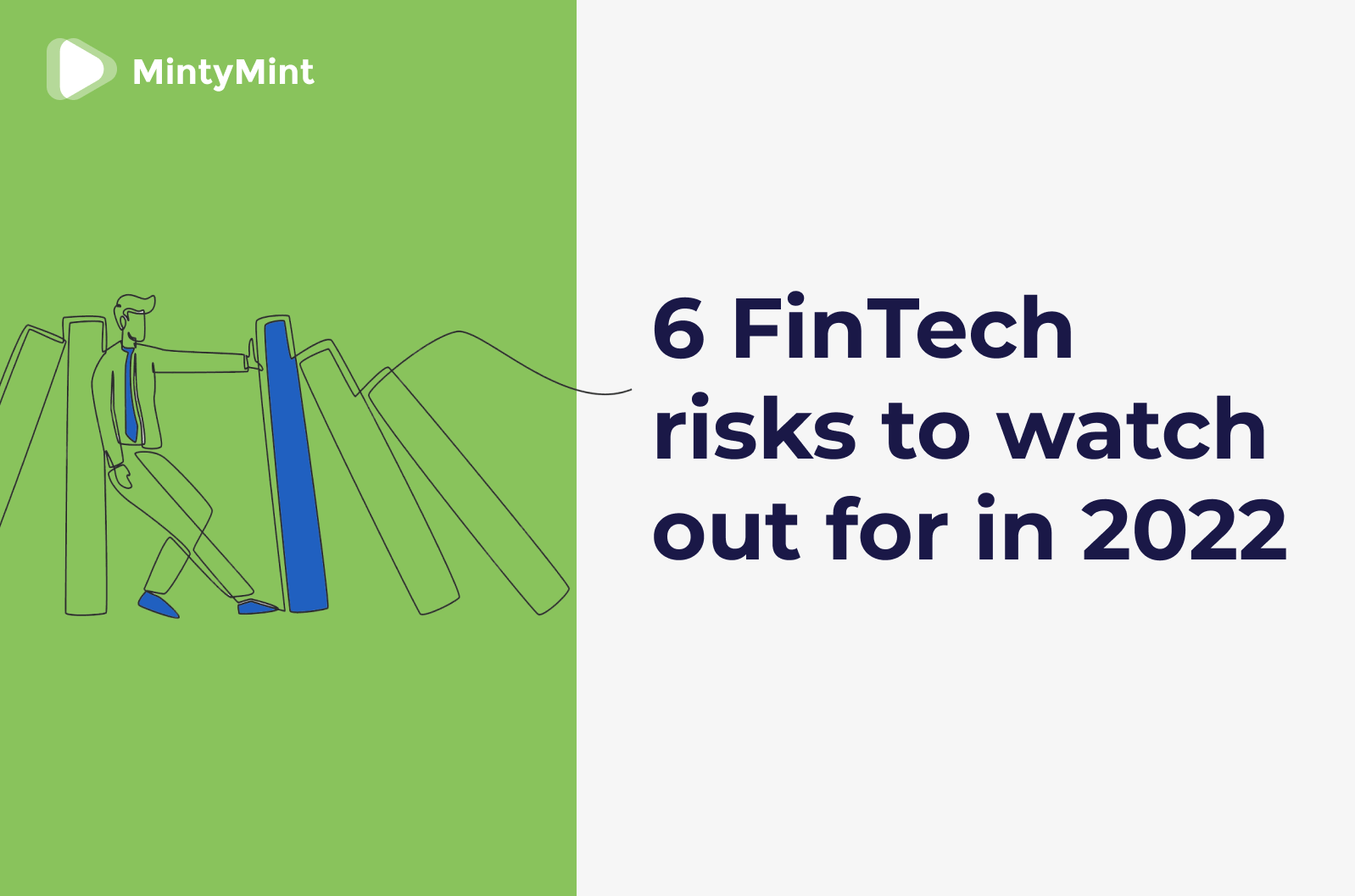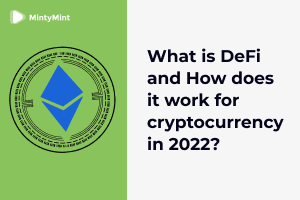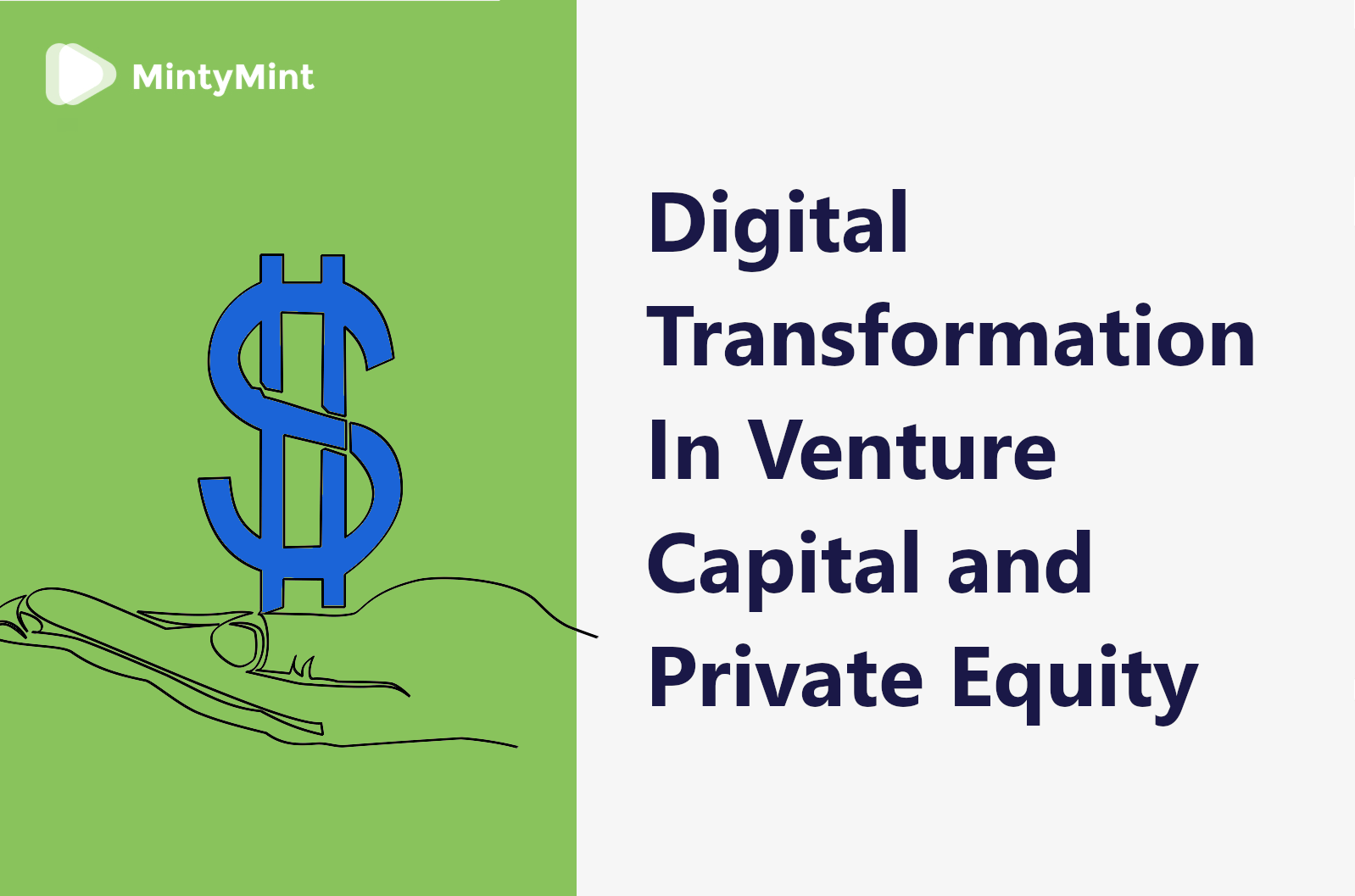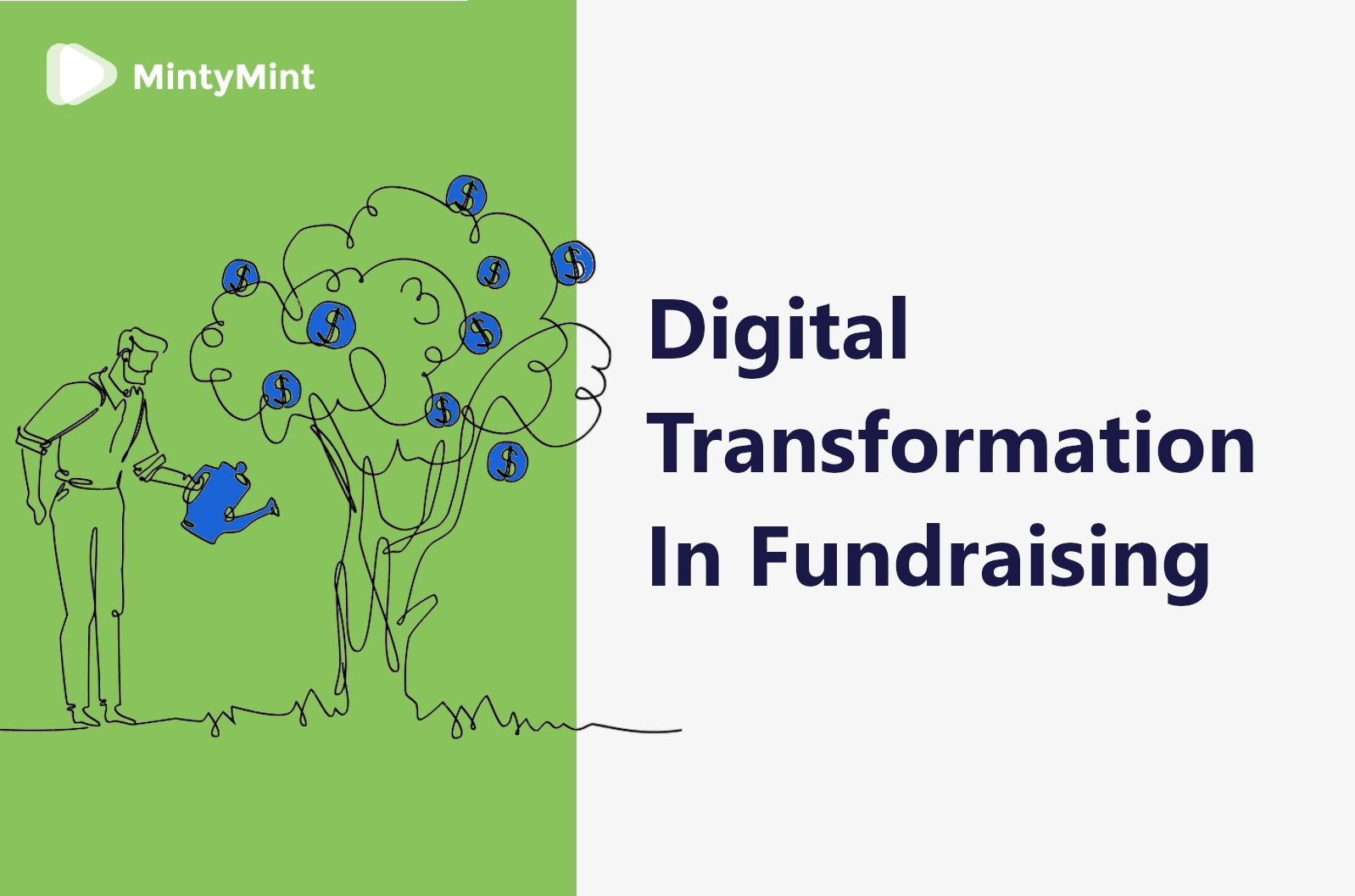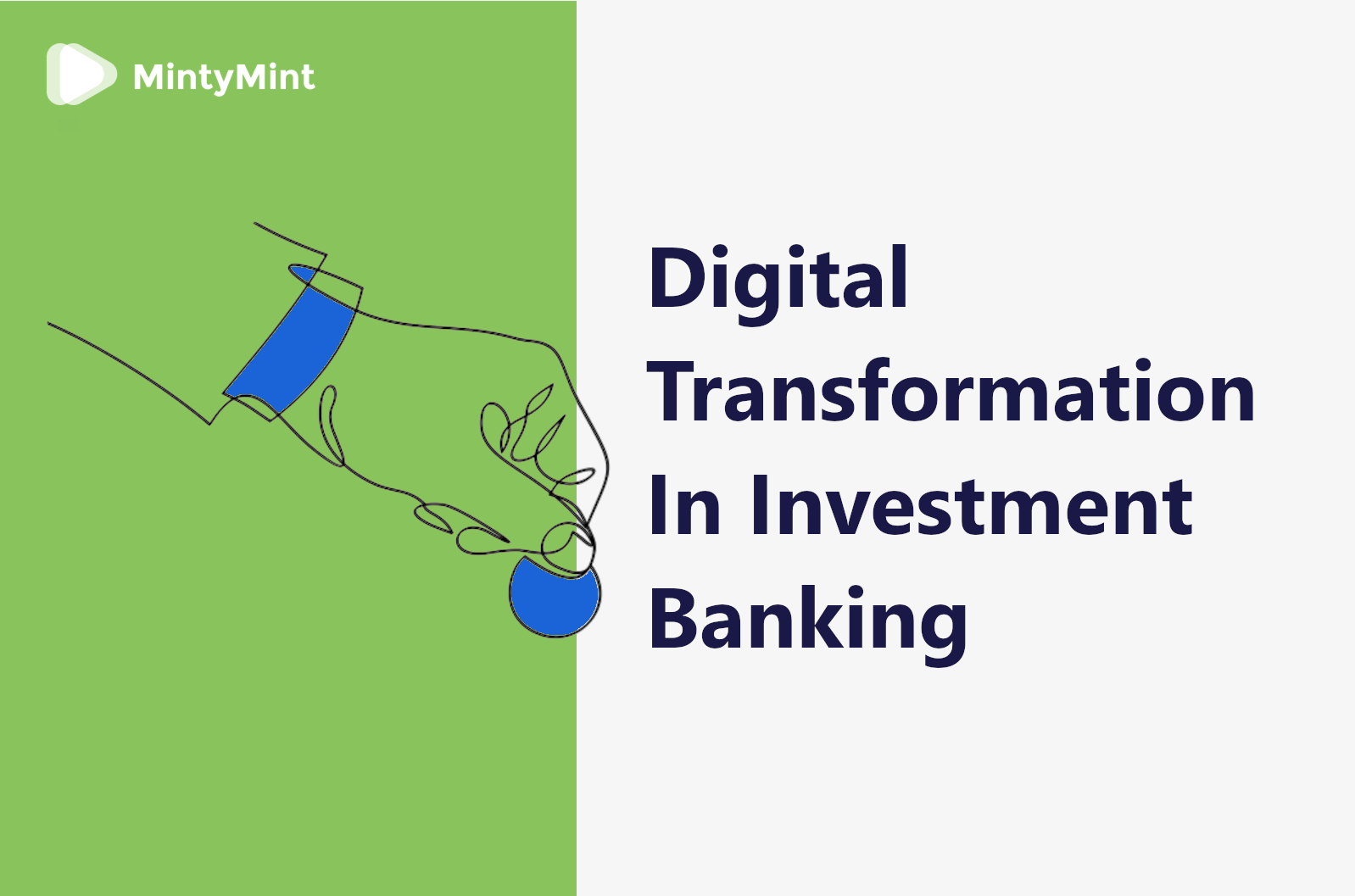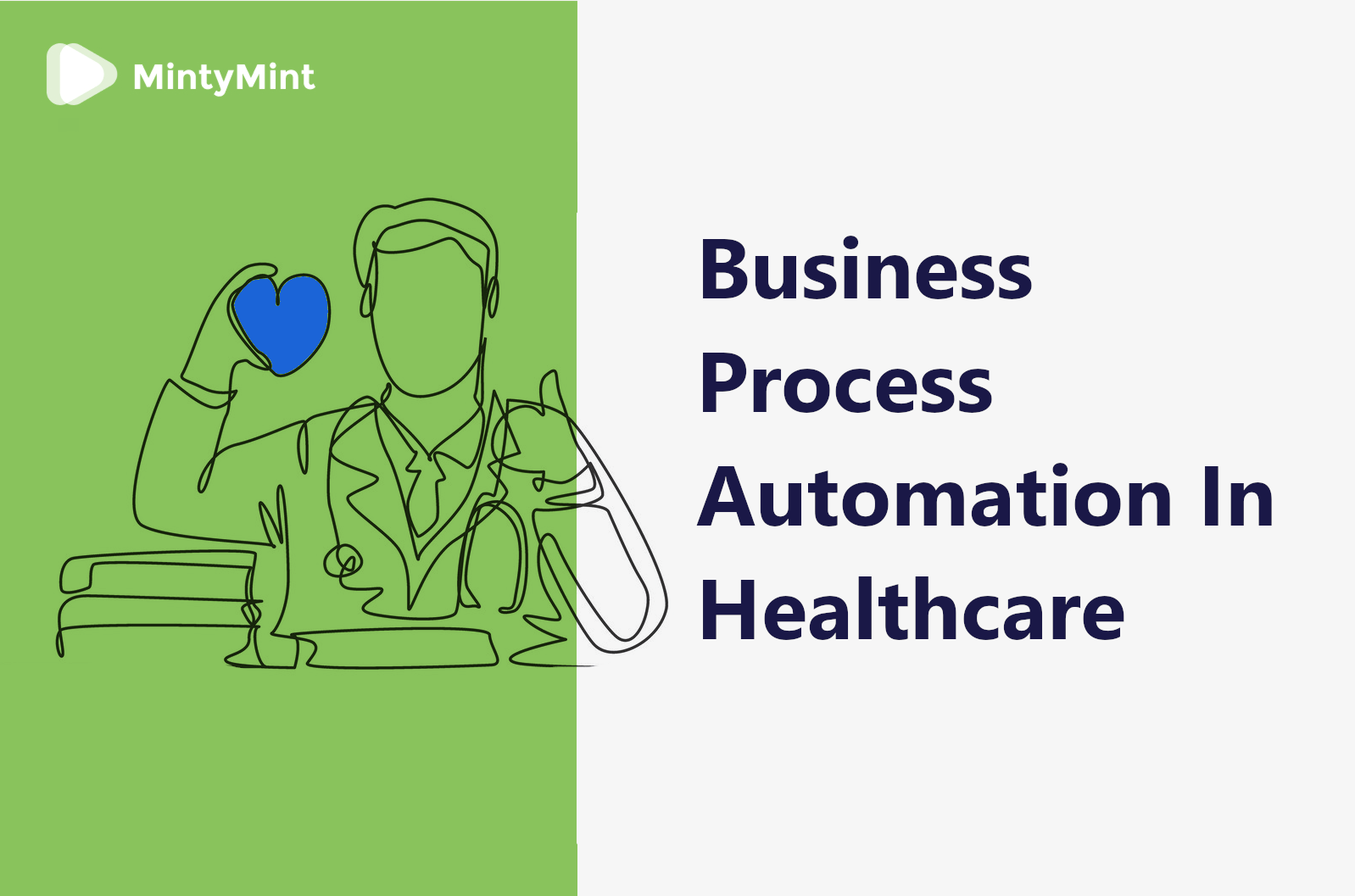The overwhelming digitization of our daily lives doesn’t come entirely free of charge, howsoever loved and praised.
For a while now, there were signs of tech integration taking its toll on people’s mental health. Today, it’s time that each of us takes a closer look at the issue as the global community has finally noticed the elephant in the room, giving it proper attention.
To address it, a new term has been coined – digital well-being.
What is it? Is the notion even real? And how to achieve it without going back to a cavemen’s lifestyle?
Let’s explore.
Definition(s)
First of all, let’s get clear with the definitions.
Wait, what? Definitions?
Yes, it turns out there are as many as 29 commonly accepted definitions of digital-wellbeing.
In our case, we refer to a person’s physical and emotional health in relation to their usage of digital technologies. Btw, you may want to check Google’s own page dedicated to the issue and evaluate your level of digital health, before we proceed.
So, what’s all the fuss about? Is scrolling through the IG feed before bed that bad? It turns out, the effects of modern society’s digital immersion are rather drastic.
Digital wellbeing in figures
The stats from San Francisco’s Humane Tech Event paint a rather grueling picture.
According to an assessment of the conference, nearly half of Americans do not have a meaningful in-person social interaction on a daily basis. Instead, millennials tend to check their phones anywhere between a hundred and two hundred times a day, with 70% of teens using social media multiple times a day. While other studies were more optimistic in his regard, all estimates agree on the average screentime for American adults at around 3 and a half hours daily.
That’s 24.5 hours a week – more than a half of an average western workweek.
Mind you – those are pre-covid numbers, which are reported to increase by another 30% to 100% (for adults and children, accordingly) during lockdowns.
Can such tendencies go by unnoticed?
Unlikely.
Regardless of some studies finding a low correlation between the usage of digital devices and people’s physical well-being, the effect of such routine digitization can not be ignored by any means.
Here’s another piece of statistics to furtherly prove the point: About one-third of Americans have taken steps to improve their digital wellbeing last year, with 80% of them reporting positive results.
All this being the case, it’s not the end of the story.
Not Just Screen Time
While data does not lie, there’s more to the topic of digital wellbeing when it comes to how people perceive technology.
A recent Google study examined the more subtle nuances to our smartphone usage, concluding that not all screentime is equal. It turns out that the subjective perception of technology’s effect changes depending on the type of user activity.
For example, things like online education and reading, using various health & wellbeing tools, as well as video chatting with family and friends are considered positive by the majority of responders. Interestingly enough, these activities were at the lower end of the time consumption range.
Meanwhile, activities that involved social media, feed scrolling, and online shopping are mostly seen as negative, while more time-consuming, too.
So, just like with any other tool – it’s about what you make out of it.
What are the solutions?
To combat the problem, a number of initiatives for improving the users’ tech/life balance have been introduced by major mobile platforms in the last couple of years.
Like that, iPhone owners can monitor and manage their digital wellbeing via the in-built (for iOS 12 and up) Screen Time Dashboard.
Offering exhaustive stats on the user’s screen time and activity distribution across different time spans, it allows to schedule screen downtime, set limits for particular apps and activities, and set up Family screen time. Also, there are common features like Night Shift (lowers screen brightness at night hours) and a Do Not Disturb mode to silence all notifications.
Meanwhile, Google has come up with a whole bunch of rather creative ideas to help Android users improve their phone/life balance. Here’s a brief overview:
- Unlock Clock shows the number of unlocks on your lock-screen.
- Post Box – a notifications scheduler.
- We Flip for no-smartphone group sessions.
- Paper Phone to print out the information you’d usually access from your phone.
- Desert Island challenges you to go through the day using only essential apps.
- and Morph – an app launcher that features particular apps depending on your time & location data.
Other distinctive third-party apps include:
- Forest – a simple and fun application with a “digital forest” that grows the less time you spend on your phone.
- Space – your personal assistant for managing unlocks, in-app time, and dedicating no-phone time.
Conclusion
All of this does not come without a pinch of salt, of course.
Simply acknowledging that you are on a digital device right now reading an article written with a computer, based on materials collected from the Internet… makes it kind of hypocritical to overly demonize tech.
Yes, we do tend to rely on our digital devices a bit too much. Still, there are proven ways to improve our relationships with technology so that it enhances our life, not defines it.
Want to learn more about technology and digital wellbeing in 2021? Feel free to reach out!



